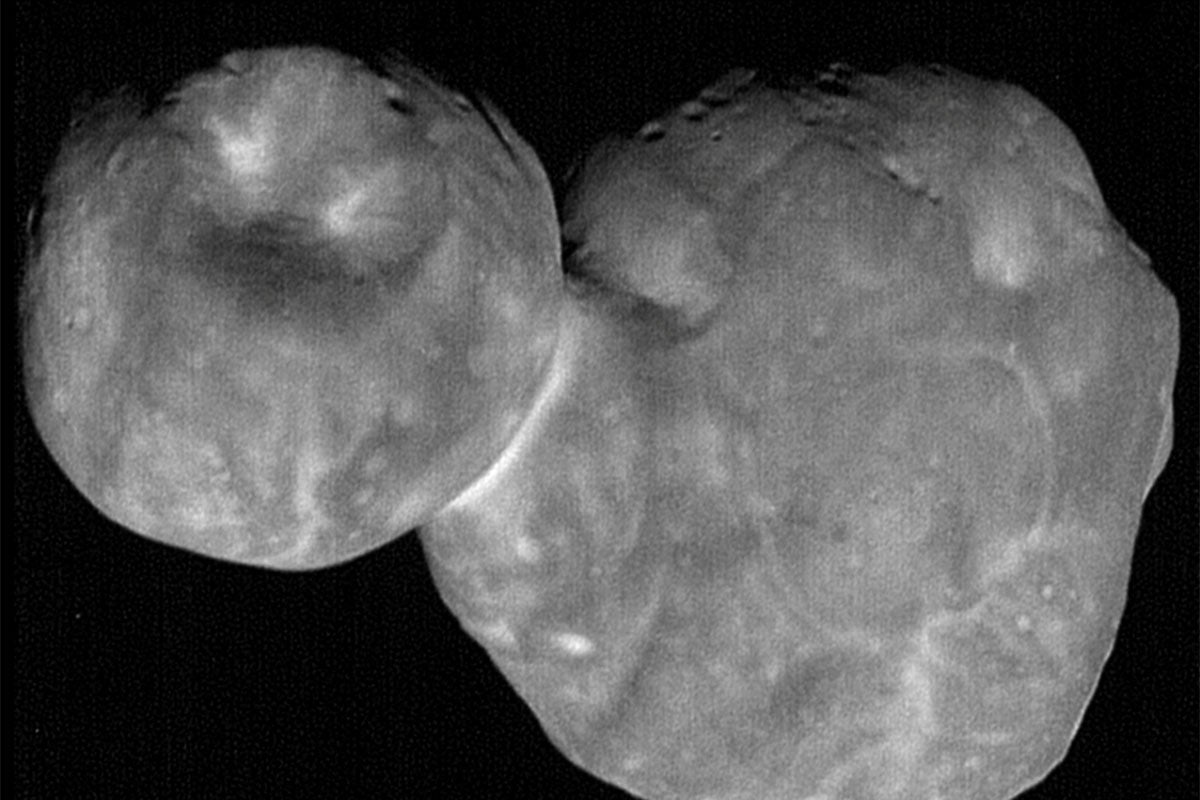NASA’s New Horizons team, which has been studying the asteroids in the Kuiper Belt, has found more clues about the earliest days of the solar system.
“What we found is a remarkable window into the past,” says University of Central Florida Physicist Dan Britt, who is part of the mission. “(Asteroid) Arrokoth turned out to be two distinct-appearing asteroids that are physically joined. They assembled very slowly and gently. It was preserved over the last 4.5 billion years, because it is far from the orbits of planets and is much less likely to be hit by other small bodies. What we see are silicates and ices of methanol, again showing us a window into the cold, dusty origins of our solar system.”
The team’s findings were published in two articles appearing in the journal Science Thursday.
The New Horizons spacecraft made history when it flew by Pluto in 2015 providing a whole new perspective on the dwarf planet. NASA then took the opportunity to send the spacecraft toward the Kuiper Belt. This region of space contains some of the oldest remnants of the solar system and until this mission had never been explored up close and with the technology to take detailed images and reading.
In summer 2019 Britt was part of the team that published findings the first set of papers about MU69 (Ultima Thule), which was renamed Arrokoth in November 2019. Arrokoth means sky in in Algonquian, the language spoken by Native American Pamunkey Tribe.
Today’s publications focus on Arrokoth, which the spacecraft reached in on New Year’s Day 2019 and explored before continuing on even further away from Earth.
New Horizon’s composition team published “Color, Composition, and Thermal Environment of Kuiper Belt Object (486958) Arrokoth while the geology and geophysics team published “The solar nebula origin of (486958) Arrokoth, a primordial contact binary in the Kuiper belt.” Britt serves on both teams.
The 20-year mission has provided many insights and Britt, who is also a geologist, hopes to keep getting data for years to come.
“I hope we keep finding surprises,” Britt says. “This region of space will likely provide us clues to better understand the evolution of comets and the formation of the terrestrial planets. What more could I ask for?”




